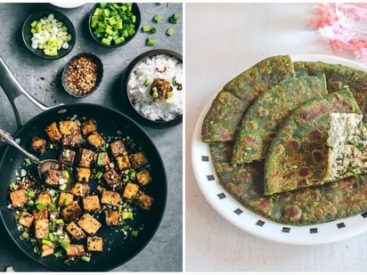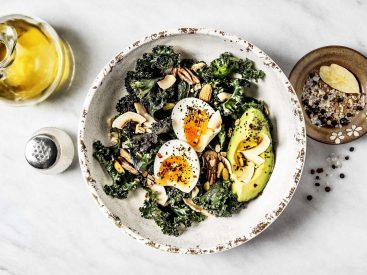One of my most prized home decor elements is my instant noodle shelf, its contents displayed just like what you would see in a convenience store. It takes over a whole section of my bookshelf and is always stocked with at least four to five different instant noodles, from […]
Delicious!
Delicious!



